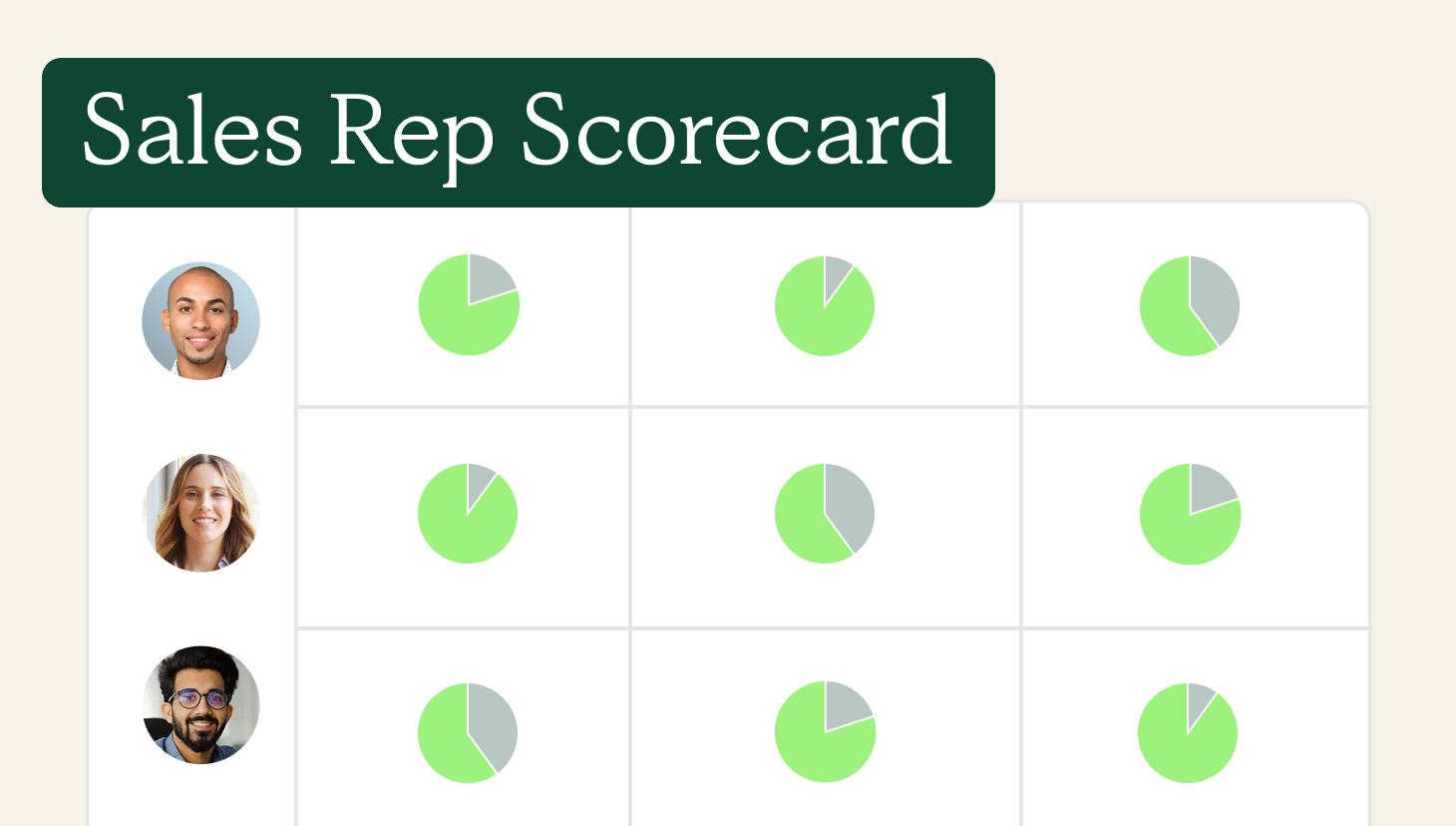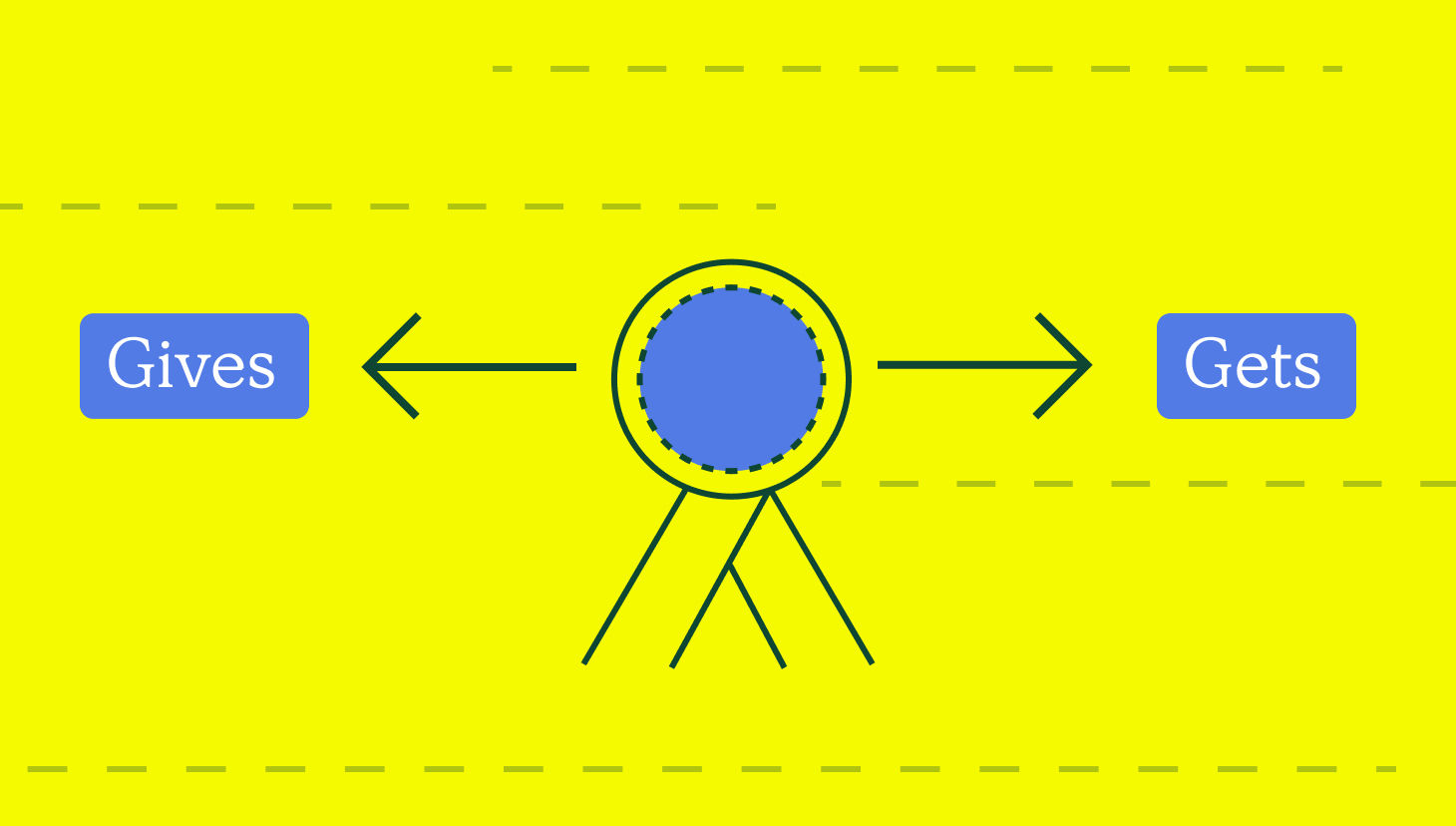Lead generation is one of the most critical steps of any sales pipeline.
You’ll have nothing if you put the leads into the wrong pipeline. If you start with the wrong leads in the first place, you’ll throw money down the drain.
To successfully land new clients and make sales, you need to connect to the right people at the right time with the right message.
The good news is that once you know where in your sales lead pipeline you’ve gone wrong, you can usually fix it up and start seeing results fast. This guide covers the common pitfalls that cause sales leads to go cold and, more importantly, the solutions that will help fix them.
Streamline commissions for your RevOps, Finance, and Sales teams
Design, track, and manage variable incentives with QuotaPath. Give your RevOps, finance, and sales teams transparency into sales compensation.
Talk to SalesSales Lead Generation: An Overview
The sale lead pipeline essentially follows these steps:
- Prospecting. Here, you seek out leads, whether actively or through creating relevant content and advertisements.
- Qualifying leads. As we’ll discuss later, not every lead is suitable – so here, you check whether they’re right for you.
- Meetings and demonstrations. Once you’ve selected the right leads, it’s time to arrange meetings with your sales team.
- Proposal. The sales pitch – how to help them, why they should choose you, and how much it costs.
- Negotiation. Sometimes, a lead will agree to the proposal, and you can skip this step. More often than not, there’ll be a period of discussion.
- Closing the sale. With the terms agreed, you and your customer sign off on the deal.
- Post-purchase. Communication shouldn’t stop after you’ve made the sale – keep an eye on the account and stay in touch with new content and renewal deals.
Now, if you indiscriminately try to send every lead down this pipeline, your business will go bankrupt. Not every lead is going to be worth courting. That’s why lead scoring is so essential.
What is lead scoring? Essentially, lead scoring means ranking your leads based on their likelihood of becoming customers or clients.
Those who rank high get the red carpet treatment, while a passive approach works best for those who rank lower down the scale. You might wonder why low-scoring leads warrant any effort, but the answer is simple: most brands only see a conversion rate of 3.3%.
The rest of those leads are considered “Out Market” or future buyers. They may not be ready now, but you may convert them later with continued investment in your content and sales strategies.
This is precisely why businesses typically invest in scalable infrastructure for their operations. Since they know “Out Market” leads can be converted down the line to drive business growth, they choose cloud infrastructure that can quickly adapt to a business’s changing needs as its customer base expands. If you don’t have this yet, check out Azure or AWS, two of the preferred leading cloud service providers. Just don’t forget to make an AWS vs Azure pricing comparison to ensure you choose a provider that also fits your budget.
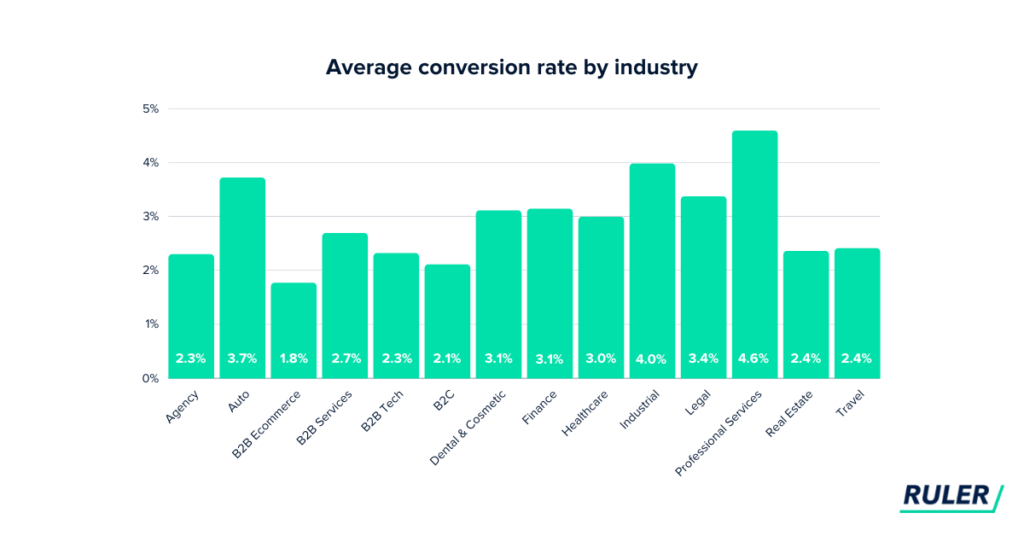
Types of Sales Leads
The lead type will also impact the pipeline and sales lead strategy you need to use. That’s why you need to be categorizing your leads into one of these four pillars:
- Marketing Qualified Lead (MQL): Leads interested in your brand. They might have visited your website or subscribed to your newsletter.
- Sales Qualified Lead (SQL): Your sales team will manually select these leads. These leads are often seen as highly likely to convert because they’ve already requested a demo or pricing information.
- Product Qualified Lead (PQL): These leads have already engaged with your product, for example, through a free trial or freemium version.
- Service Quality Lead: These leads have expressed explicit interest in your services; for example, they might have requested a free quote.
How Lead Generation is Changing
Before diving into the common pitfalls and problems faced by sales lead teams, one last thing to remember is that lead generation is changing.
One of the biggest reasons is that price checking has become commonplace. In a 2022 survey, 83% of customers compared prices between a few sites before purchasing online.
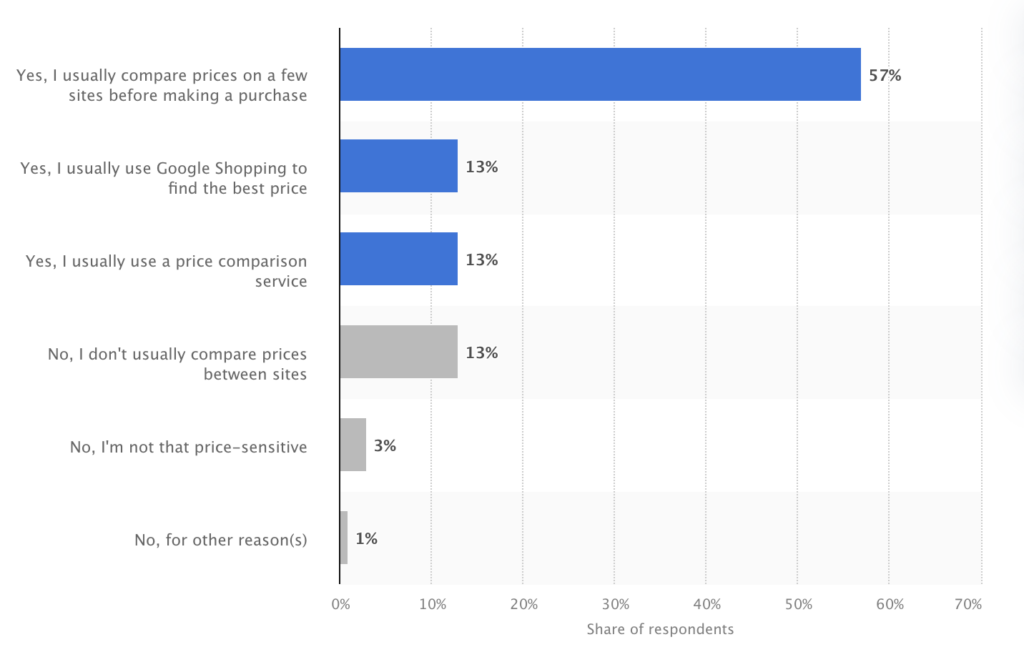
Since most customers compare prices and features in advance, they’re already coming to you with an idea of the price range and what your competition offers. Since research before purchase is now the norm, your tactics must change.
Luckily, a few simple but effective solutions can remove common pitfalls from your lead generation campaign.
Losing Inbound Sale Leads: Problems and Solutions
Lead generation and acquisition is a critical part of any sales outreach strategy. Knowing where you are going wrong and how to put those wrongs right will immediately help you bring in more leads and close them than ever before.
This list will cover common problems sales teams have with their inbound and outbound lead generation strategies.
The Lead Wasn’t a Good Fit for Your Product, Service, or Business
Sometimes, leads aren’t a good fit. This can happen for many reasons.
For example, the lead might:
- Have accidentally clicked on an ad
- Already have a product/service like yours
- Not be interested in your product/service
This common pitfall is only really an issue if you spend time or funds trying to land those ill-fitted leads rather than letting them go.
The Solution
Just because a lead isn’t a good fit right now doesn’t mean it couldn’t become a solid lead later. An excellent way to avoid investing in unsuitable leads at the wrong time is first to sort your leads into sales suspects and prospects.
Sales suspects are those who may not yet be qualified leads. The best way to bring those suspects into the pipeline in the future is to continue running brand awareness campaigns and working on increasing your business’ reputation and reach. To ensure these campaigns yield the best results in the first place, track key marketing metrics. This way, you’ll know which aspects of your promotion are working and which aren’t. As a result, you can make the necessary adjustments to reach your marketing goals.
Sales prospects are those who have engaged in your business meaningfully. This can be a sign-up to your newsletter, a quote request, etc. These prospects are where you should invest your sales teams’ efforts, either through retargeting or outreach.

Landing Pages Don’t Land Sales
Another common problem is that the landing page doesn’t win over the customer, leading to high bounce rates and poor ROI for your PPC campaign.
You will lose the lead if your landing page lacks information or isn’t aligned with the buyer’s intent.
Let’s say an eco-conscious consumer goes to your landing page to check out the workplace management app you’re selling. If you don’t say it’s an app you can also use to track employees’ commutes and specifically explain how to reduce carbon emission with it, then the consumer will likely think it’s just like the other workplace management apps and look for cheaper alternatives. On the other hand, if you mention this important fact from the get-go, they’ll likely make the purchase then and there.
You may also be seeing high bounce rates because your landing page is:
- Too slow
- Not compatible with mobile
- Not displaying correctly
- Links are broken
The Solution
Running A/B testing on landing pages will also allow you to tweak the message and design of your landing page to appeal to your customers. This means you create two versions of the same landing page, each with a different strategy. Then, you’ll compare conversion rates for each page. The page that outperforms the other is the winner.
Landing pages need to contain everything the customer is looking for, so it’s worth building different landing pages based on the stage of the buyer’s cycle your potential customer is in.
- A person ready to buy should be taken to either the product page or a buyer’s guide page.
- A person still looking for solutions to their problem will need a guide or a white paper.
- A customer who doesn’t know which specific product they’re looking for but has settled on your brand should be sent to either a buyer’s guide or a sales chat.
Creating multiple landing pages and optimizing each will help convert more potential leads (suspects and prospects) now and in the future.
As a final tip, make sure your landing pages reflect your beautiful brand story. Branding statistics say that 15% of customers will make a purchase then and there if they like the brand story they see.
You Aren’t Tracking Leads Properly
Another common reason you may be losing leads is because you simply aren’t tracking them properly. Someone who could have been convinced to buy from you visits your site but then forgets about it, and because you aren’t tracking them, you have no way to make a second introduction.
The Solution
Sales lead tracking tools let you monitor and manage every interaction your business has with potential customers. These tools work to track data such as:
- Website visits
- Content downloads
- Likes/shares/follows
- When an email is opened
While tracking solutions are primarily helpful for inbound lead generation, they can also be useful for outbound. Suppose you have specific details about a prospective customer. In that case, you can invest in email marketing (if they signed up for your newsletter) or use retargeting tools to put your brand back in front of potential customers.
Combine lead tracking with lead scoring, and you’ll have a comprehensive list of potential leads and how valuable they are to you in the short and long term.
Try QuotaPath for free
Try the most collaborative solution to manage, track and payout variable compensation. Calculate commissions and pay your team accurately, and on time.
Start TrialWhy You Lose Outbound Sales Leads (and How to Fix It)
Your sales team may also struggle with outbound strategies. Your direct sales approach (email, cold calls, product pitches, and so on) just isn’t landing with your potential customers.
Understanding the problem and solutions will help you clean up your outbound sales approach and close more deals.
Your Sales Team Aren’t Engaged
Another common reason your business may lose leads is that your sales team isn’t feeling engaged or motivated and, therefore, is not pushing as hard as they could.
There are many reasons why your sales team doesn’t feel engaged:
- They are not satisfied with their work
- They don’t know what to expect, and roles aren’t clearly defined
- They don’t have the tools, equipment, or support to do their job properly
- They don’t receive recognition or adequate compensation for working hard
- They don’t feel like they can learn or grow at your workplace
On the flip side, businesses that directly address these issues via best practices have significantly higher levels of engagement.
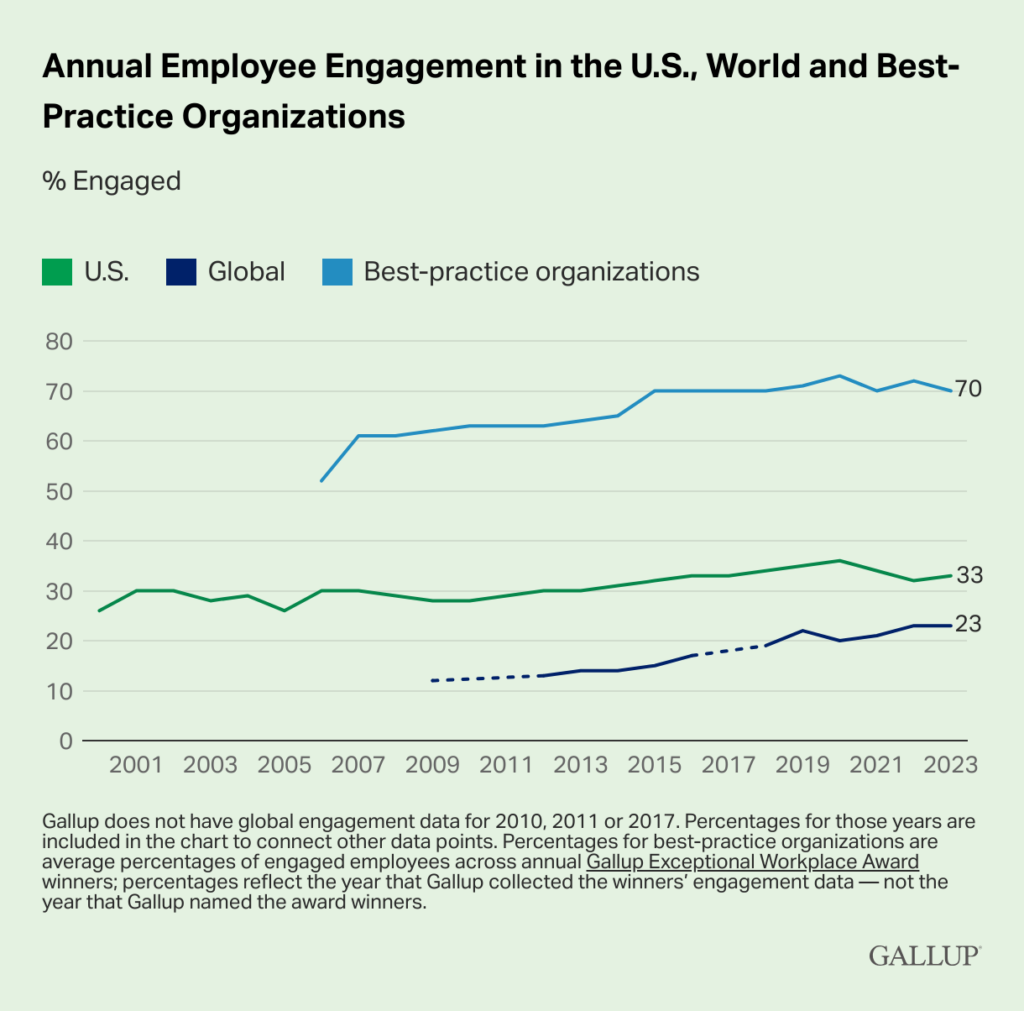
The Solution
If you want your sales team to produce stellar results with your outbound strategy, you need to build a thriving work culture that supports them. This means you must give your team the support they need to achieve their personal and professional goals.
You’ll also want to reward and recognize your sales representative’s efforts properly. This means using tools like Quotapath to track commissions and reward your top performers with what they want in their compensation plans.
You must provide ample support and guidance for your sales team and easily recognize and reward them based on their efforts and results. This is how you build a motivated sales team that constantly tries to outdo itself.
Your Sales Approach is Lacking
If your team’s sales approach is lacking, they won’t be able to close on leads. Potential clients need to trust the sales rep and feel their problems are being addressed directly. If your sales team’s efforts aren’t up to scratch, leads will fall through the cracks.
Common problems your sales team may face include:
- The sale took so long to close that the prospective client became disinterested
- The sales pitch was too focused on the product or your brand and not on how it could specifically help the client
- The lead may perceive your sales rep as unqualified or untrustworthy
- The lead may simply not understand your brand’s product or service because it wasn’t explained well
The Solution
The best way to avoid these issues is to train your sales team. They need to be experts on your product or service to feel like experts.
You can also have their manager work with each sales rep individually to iron out any kinks and pair them with the best support tools. The goal is to have every sales rep work with their strengths.
AI, ML, and automation tools can also be powerful. Investing in technological solutions can help automate many aspects of the sales workflow, allowing you to respond faster to leads, send follow up emails automatically, and provide a personalized experience.
How to Improve Your Sale Lead Generation Strategy Further
If you don’t equally invest in your customer retention strategy, you put your hard work at risk. Long-term, loyal customers are invaluable. They cost the least overall yet generate the highest revenue, especially with subscription-based models. A 2023 PYMNTS study found that 30% of loyal subscribers (loyal customers) made up 80% of the merchant’s revenue.
You can quickly start improving your customer retention efforts with a few key improvements to your operations:
Improve Ongoing Customer Communication
While it would be nice if your customers never had a problem with your product or brand, that’s unrealistic. The chance of something causing a problem increases significantly the longer your relationship lasts – especially if you run a subscription-based service.
That’s why you need to invest in customer service.
One fundamental way to do that immediately is to improve customer communication methods. For example, you can boost call center customer retention by providing your agents with an AI-powered support tool that makes it easy to assist customers, track calls, and more.
You can also use chatbots to help customers get the needed information or escalate problems to a human representative.
Reward Loyalty
Another easy way to keep customers is to reward their loyalty. You could:
- Lower their price: You can offer membership discounts that increase over time.
- Offer VIP access: Treat existing customers like VIPs. For example, give them early access to sales or one-on-one training sessions.
- Offer new value: Include new, high-quality content, products, and services in their subscription or product. This will encourage customers to continue using your brand.
Streamline commissions for your RevOps, Finance, and Sales teams
Design, track, and manage variable incentives with QuotaPath. Give your RevOps, finance, and sales teams transparency into sales compensation.
Talk to SalesFinal Thoughts
You can quickly address many of the challenges with lead generation by supporting your sales team and aligning your sales and marketing teams’ efforts. Remember to meet your leads where they are and then lead them through the pipeline.
Creating multiple pipelines for your leads allows you to naturally convert a suspect into a prospect, new customer, or client. Then, you can follow through on those closed deals by improving customer retention efforts.
Combined, you’ll lose less sales and increase the value of each deal you close.
Author Bio:
David Becker is a Growth Marketing Manager at Leadfeeder, a powerful website visitor analytics software. He helps drive Leadfeeder’s growth strategies and demand generation with a keen focus on mental health and well-being in the workplace. David excels in creating impactful marketing campaigns, analyzing trends, and boosting customer engagement for the team.


